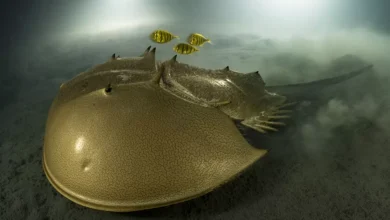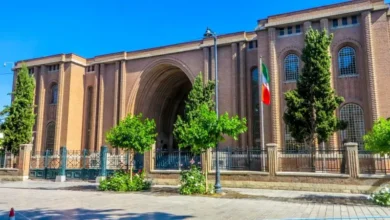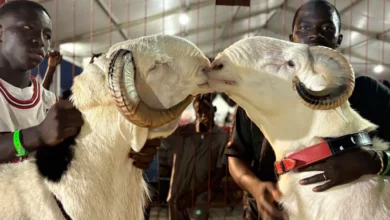Iraq unearths 2700-year-old sculpture

A recent dig in northern Iraq has uncovered an astonishing 2,700-year-old sculpture of the divine winged deity, Lamassu, standing 18 tonnes heavy and measuring in at 3.8 by 3.9 metres, and made by alabaster.
The sculpture, which was thankfully largely intact with only its head missing, was uncovered at the entrance to the ancient city of Khorsabad, some 15 kilometres north of the modern city of Mosul.
The statue was discovered during a joint venture between the French Ministry of Foreign Affairs and the Direction Générale des Antiquités, which aimed to scientifically examine the Khorsabad Palace complex and uncover the world-famous Lamassu protecting the gates.

(Photo by Zaid AL-OBEIDI / AFP)
The attention to detail in this very old sculpture is simply breathtaking, according to Pascal Butterlin, the French leader of the archaeological dig, and professor of Middle East archaeology at the University of Paris I Pantheon-Sorbonne. “I never unearthed anything this big in my life before,” he said. “Normally, it’s only in Egypt or Cambodia that you find pieces this big.”
This magnificent work of art was commissioned during the reign of King Sargon II who ruled from 722 to 705 BC, and erected at the city’s gates to protect the city from harm. The Lamassu deity, with a human head, the body of a bull, and the wings of a bird, was a common symbol of protection and was believed to guard against demonic forces.

(Photo by Zaid AL-OBEIDI / AFP)
Remarkably, the old sculpture was largely spared destruction during the reign of ISIS, having been hidden by residents of the modern village of Khorsabad before they fled to government-held territory. Unfortunately, the head had already been taken by looters in the 1990s, but this was recovered by customs officers from smugglers and had already found its way to the collection of the Iraq Museum in Baghdad.
The relief had been forgotten about until the 1990s when it was earmarked for “urgent intervention” by Iraqi authorities. This was during a period when the head was looted and later chopped into pieces, to smuggle abroad.
This exquisite artifact is sure to fascinate archaeologists worldwide, due to the level of detail and protection this deity represents in ancient Mesopotamian society.










